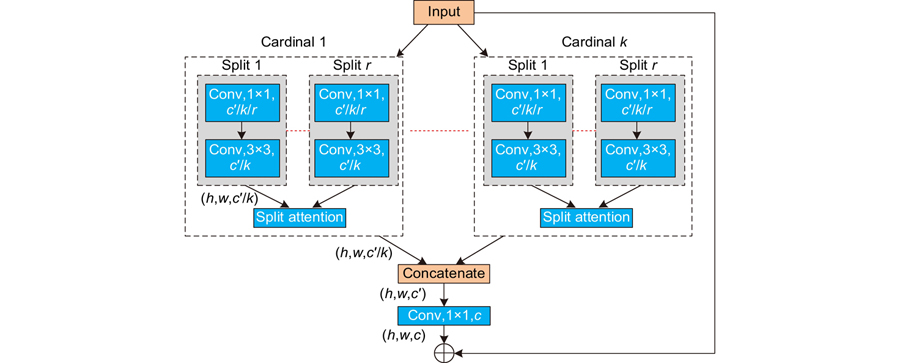Liming Liang, Xin Dong, Renjie Li, Anjun He. Classification algorithm of retinopathy based on attention mechanism and multi feature fusion[J]. Opto-Electronic Engineering, 2023, 50(1): 220199
Search by keywords or author
- Opto-Electronic Engineering
- Vol. 50, Issue 1, 220199 (2023)
Abstract

Set citation alerts for the article
Please enter your email address



